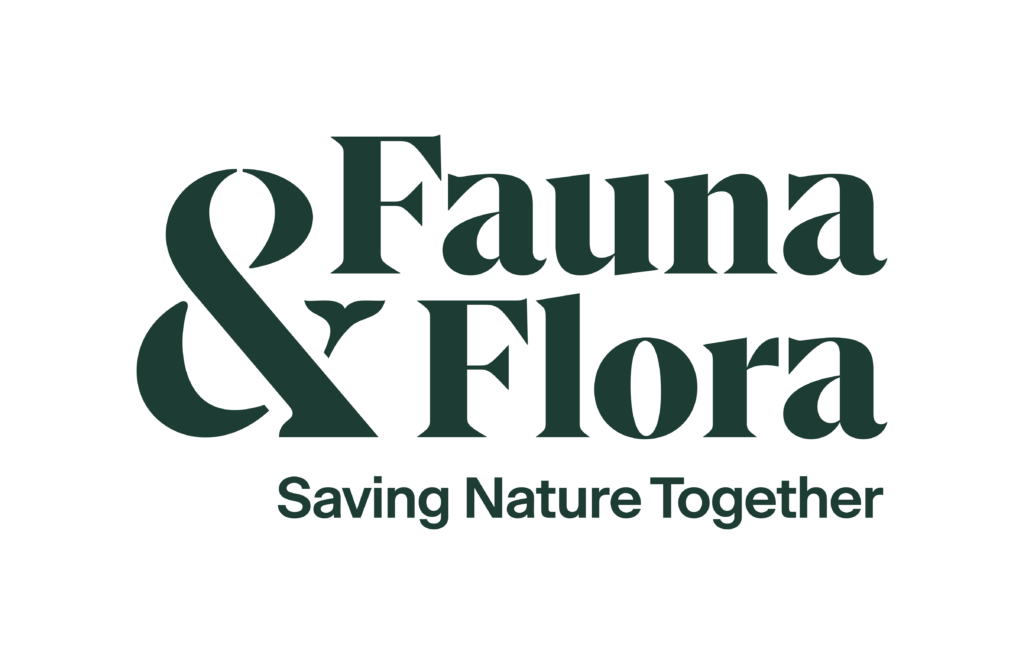eLearning Hub
Explore a wide range of e-learning courses created by Fauna & Flora to support conservationists around the world. Whether you’re looking to enhance technical skills, strengthen leadership, or prioritise personal well-being, our resources are here to help—and they’re completely free to access.
These courses provide the flexibility to learn at your own pace, empowering you to make a lasting difference in conservation efforts.


Focus on building the foundation for success by prioritising your well-being and enhancing critical interpersonal skills. From mastering work/life balance and managing stress to overcoming unconscious bias and harnessing the power of persuasion, these courses are designed to help you grow both personally and professionally.
Take a look at all Personal Development courses.

Develop the skills to lead with confidence and foster collaboration. Topics include conflict resolution, motivating and energizing teams, active listening, and managing change effectively. Learn how to build trust, empower others, and create supportive networks to strengthen team dynamics and leadership impact.
Take a look at all Team & Leadership courses.

Gain practical insights into managing conservation projects with efficiency and inclusivity. Explore safeguarding principles, stakeholder engagement, gender equity, and communications strategies. Learn to navigate challenges such as grievance mechanisms and fund management while ensuring your projects deliver meaningful impacts.
Take a look at all our Project management courses.